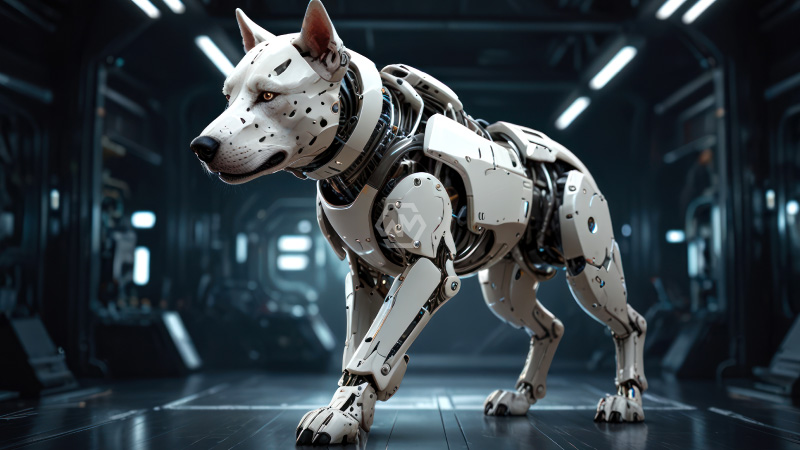- AI-powered Efficiency: The robotic dog navigates complex tunnels, detecting faults quickly.
- Enhanced Safety: Equipped with sensors, it identifies gas leaks and electrical issues.
- Future-Ready Technology: This innovation could extend to transportation, energy, and construction.
China’s deployment of an AI-powered robotic dog in underground cable tunnels marks a significant advancement in infrastructure maintenance. With its advanced sensors and autonomous navigation, the robotic dog can efficiently inspect complex tunnel networks, reducing reliance on human inspectors while increasing accuracy and speed.
Beyond substations, this technology holds the potential for broader applications in infrastructure monitoring. From railway tunnels to energy plants, AI-driven inspection robots can revolutionize maintenance processes, making them more proactive and risk-free.
China’s AI-Powered Robotic Dog Redefines Infrastructure Inspections
Traditional infrastructure inspections often involve manual labor, which is time-consuming and poses safety risks. The introduction of AI-powered robotic dogs eliminates these challenges by automating the inspection process, ensuring faster and more precise assessments. With the ability to access tight or hazardous spaces, these robotic inspectors significantly reduce human exposure to danger.
The robotic dog’s sophisticated sensors detect structural weaknesses, gas leaks, and electrical faults in real time, allowing for immediate action. This proactive approach enhances the safety and longevity of critical infrastructure while reducing maintenance costs over time. The ability to identify potential issues before they escalate is crucial for avoiding large-scale disruptions.
China’s investment in such technologies aligns with its broader push for automation and AI-driven solutions in infrastructure. Similar robotic systems are already being explored in industries like energy and construction, paving the way for smart cities and more efficient urban management. This shift represents a move toward predictive maintenance, where problems are addressed before they cause major failures.
As AI-driven inspection technologies continue to evolve, they will likely play a crucial role in global infrastructure management. Countries seeking to modernize their maintenance systems can look to China’s approach as a model for integrating automation into critical operations. The success of these robotic inspectors could set a new standard for efficiency and safety worldwide.
China’s use of robotic dogs for tunnel inspections represents a turning point in infrastructure management. As AI and robotics continue advancing, their role in maintenance, safety, and efficiency will only grow, reshaping the future of smart infrastructure.
“The future belongs to those who prepare for it today.” – Malcolm X



